CAS No.: 27774-13-6
UN No.: 2922
Transport hazard class: 8

Used in: Vanadium-Redox-Batteries(VRB).
Formula:
a) VOSO4;
b) V2(SO4)3
Appearance: Blue-green solution
Working temperature: -10℃ ~ 45℃
Specification
Element
| V | 1.5 mol ~1.8 mol/L |
| V3+/VO2+ | 1:1 (± 1%) |
| SO42+ | 4.2 mol ~ 4.5 mol/L |
| Density | 1.33 ~ 1.38 kg/L |
| Ca | < 30 mg/L |
| Fe | < 30 mg/L |
| Na | < 50 mg/L |
| K | < 50 mg/L |
| Si | < 50 mg/L |
| Cr | < 30 mg/L |
| Mn | < 10 mg/L |
| Al | < 10 mg/L |
| Zn | < 10 mg/L |
| Ratio of Active Material Utilization | ≥ 95% |
Packing
Carton drum
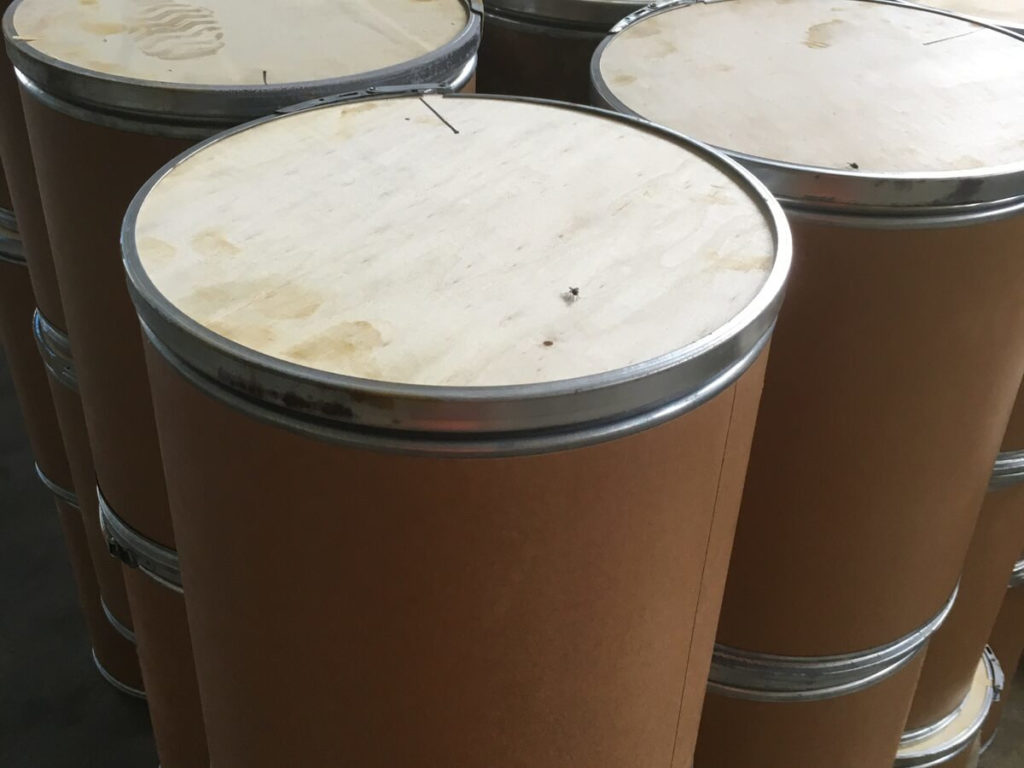
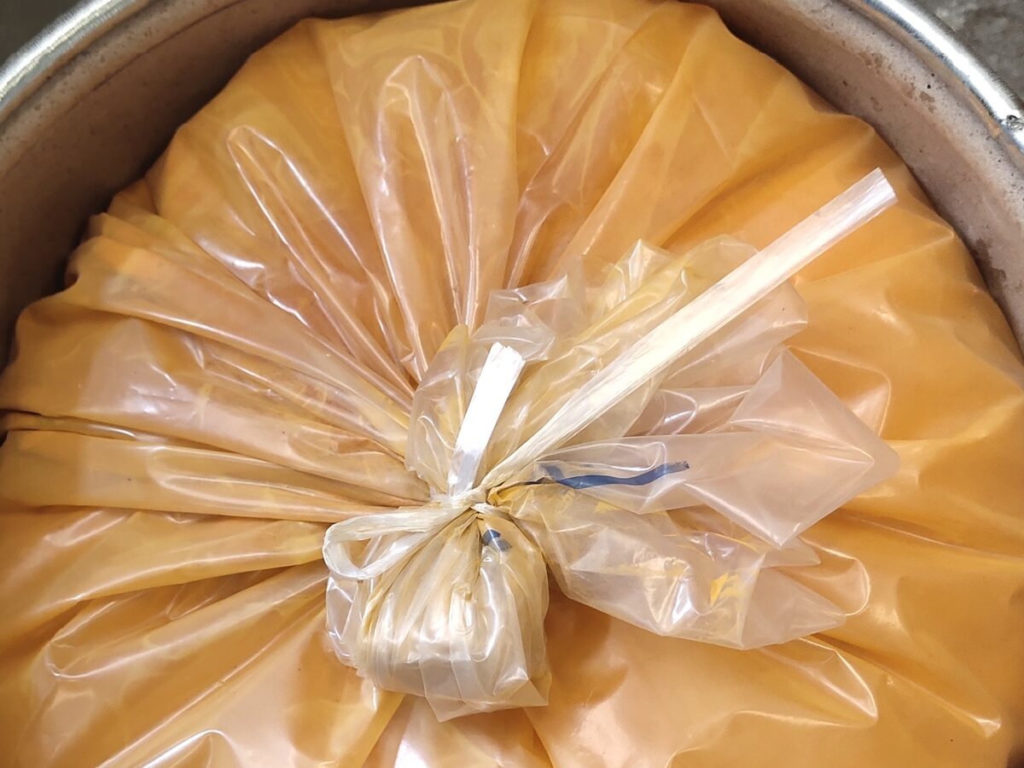
Size
Highness: 0.45 m;
Diameter: 0.35 m;
Weight: 2.3 kg ~ 2.6 kg
Steel drum
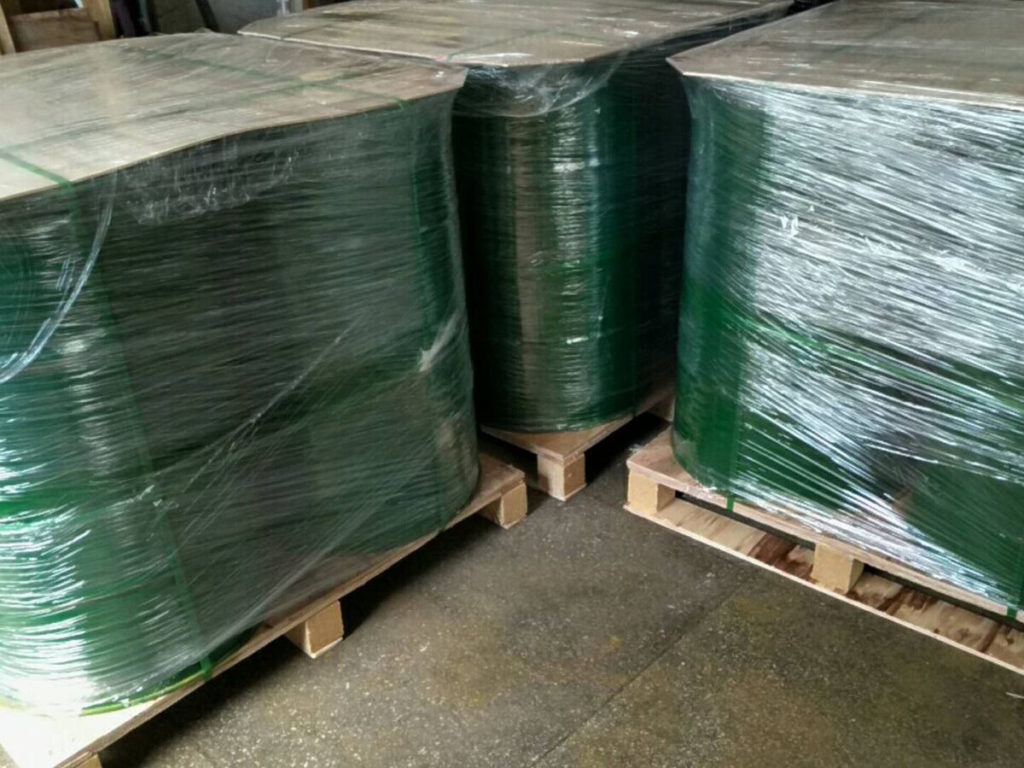
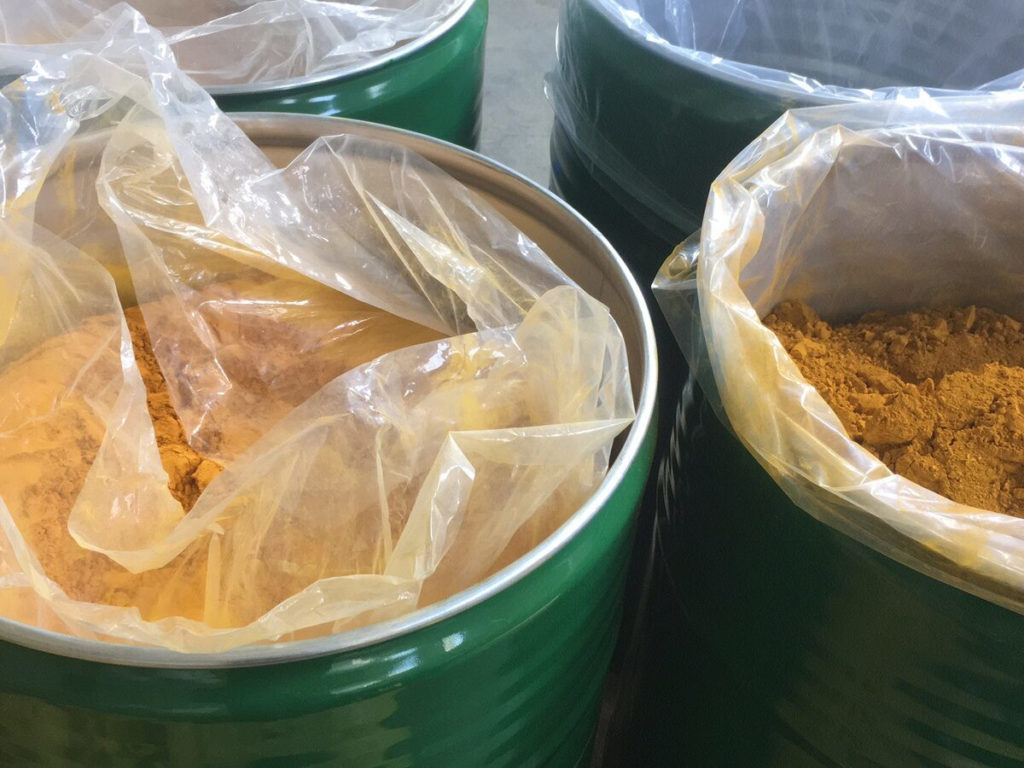
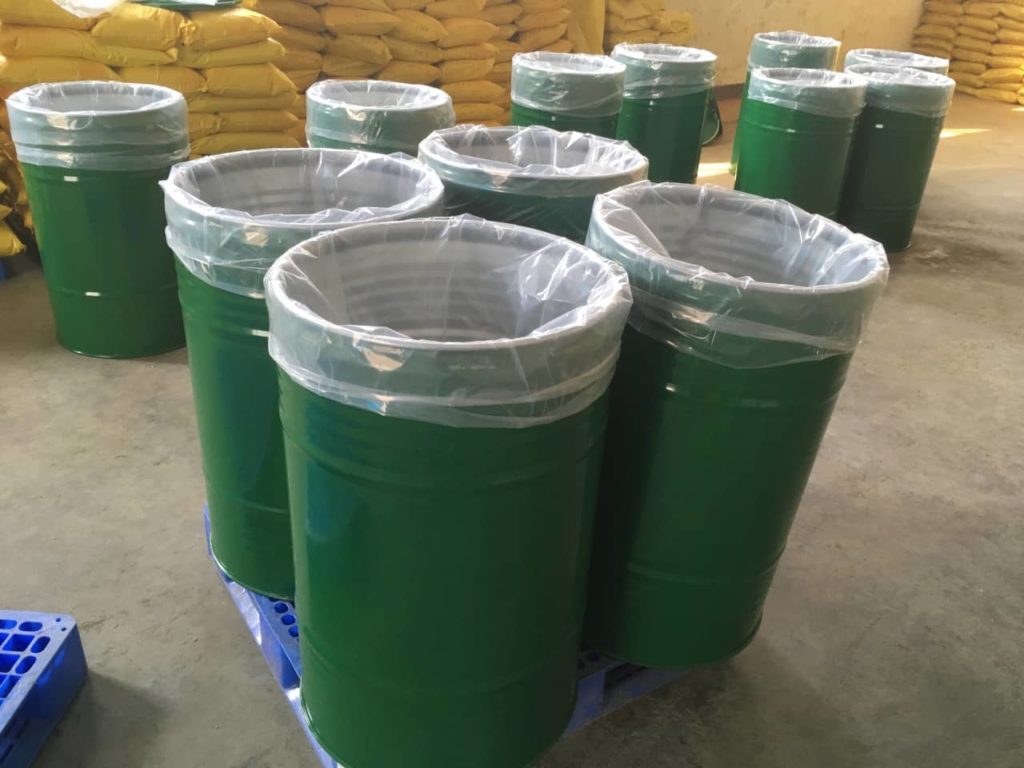
Size
Highness: 0.89 m;
Diameter: 0.56 m;
Thickness: 1 mm
More Information about Vanadium Electrolyte
Vanadium is a transition metal with the following properties:
| Symbol | V |
| Atomic mass | 50.9 |
| Atomic number (Z) | 23 |
| Group | 5 |
| Period | 4 |
| Block | d-block |
| Electronic configuration (Z=23) | 1s2, 2s2, 2p6, 3s2, 3p6, 4s2, 3d3 |
| Melting point | 1910 °C |
| Boiling point | 3407 °C |
| Density | 6.1 g/cm3 |
| Thermal conductivity | 30.6 W/ m.k |
| Electrical resistivity | 197 × 10-9Ωm |
| Oxidation states | -3, -1, 0, +1, +2,+3, +4, +5 |
A substance when dissolved in water allow electricity to pass is known as electrolyte.
Electrolytes are of different types i.e. strong electrolyte, weak electrolyte and non-electrolyte.
Vanadium belongs to transition metals so it has the ability to show various oxidation states when dissolved in water [1]. A battery which employs vanadium as electrolyte is known as vanadium redox battery (VRB).
Structure and its working:
In vanadium redox battery, the proton exchange membrane is used to separate two electrolytes of vanadium ions. Vanadium redox battery consist of electrodes made by using carbon material i.e. carbon paper, carbon felt or graphite felt [2].
Charge carriers in this battery are vanadium ions. Vanadium electrolytes are used in both positive and negative half cells. In positive half-cell, VO2+ (+5) and VO2+ (+4) are used as electrolytes while in negative half-cell, V3+ (+3) and V2+ (+2) electrolytes are used. These four types of oxidation states make oxidation and reduction works in vanadium redox battery.
That’s why only one type of element (vanadium) is used in both cells. Vanadium pentoxide and sulfuric acids are mixed to get electrolytes for this battery [3].
In vanadium redox battery, the following reactions take place;
Charging:
1. In positive half-cell, electrons are being discharged from positive terminal converting VO2+ (+4) into VO2+ (+5) and oxidation takes place.
VO2+ + H2O ⇌ VO2+ + 2H+ + e–
2. In negative half-cell, electrons are taken by B3+ and converted to V2+ and reduction takes place.
V3+ + e– ⇌ V2+
So over all reaction will be
VO2+ + H2O + V3+ → VO2+ + 2H+ + V2+
Discharging:
While discharging the reverse process takes place and the overall reaction will be.
VO2+ + 2H+ + V2+ → VO2+ + H2O + V3+
In vanadium redox battery, the energy storage capacity is unlimited. The discharging can cause no damage to the battery. It is safe, non-flammable and provides wide temperature range for operating.
Application:
Vanadium redox battery has high storage capacity so it will be used instead of wind and solar energy sources to avoid any disturbance and can give an uninterrupted power supply.
These batteries find their best use in the field of the military as they have a very low rate self-discharging and can be used for a long period of time.
Conclusion:
Vanadium redox batteries have a great future ahead because of their application like energy storage ability and low self-discharging. These batteries are of great use as VRB use only single metal vanadium. A cheap way of making vanadium electrolyte is needed instead of V2O5 + H2SO4. As acid (sulfuric acid) is used in its preparation, this can decrease its stability and solubility. So, we need to find out a way to decrease this acidic effect.
References:
- Alotto, P., Guarnieri, M., & Moro, F. (2014). Redox flow batteries for the storage of renewable energy: A review. Renewable and sustainable energy reviews, 29, 325-335.
- Mustafa, I., Bamgbopa, M. O., Alraeesi, E., Shao-Horn, Y., Sun, H., & Almheiri, S. (2017). Insights on the electrochemical activity of porous carbonaceous electrodes in non-aqueous vanadium redox flow batteries. Journal of The Electrochemical Society, 164(14), A3673.
- Choi, C., Kim, S., Kim, R., Choi, Y., Kim, S., Jung, H. Y., … & Kim, H. T. (2017). A review of vanadium electrolytes for vanadium redox flow batteries. Renewable and Sustainable Energy Reviews, 69, 263-274.
